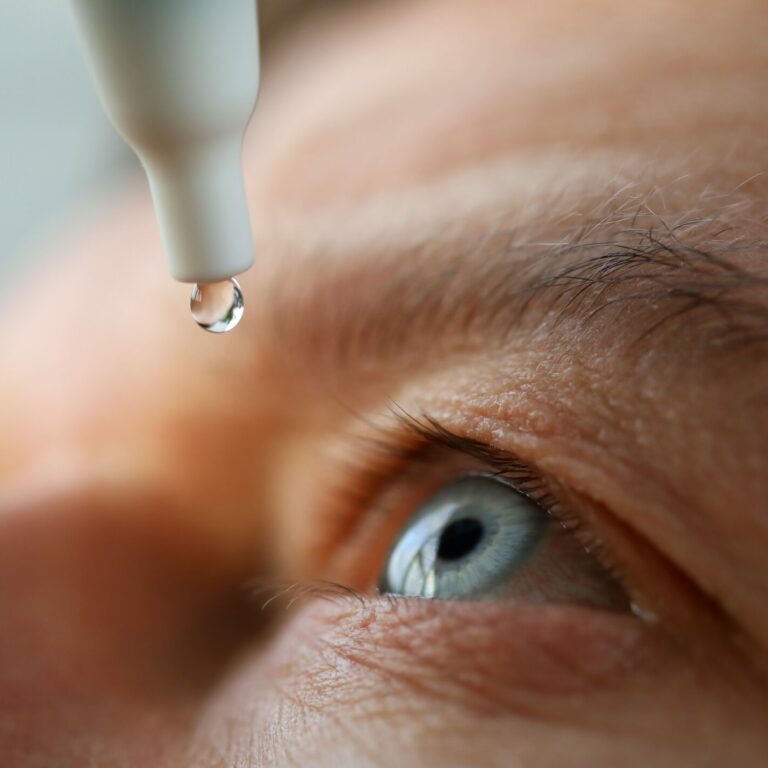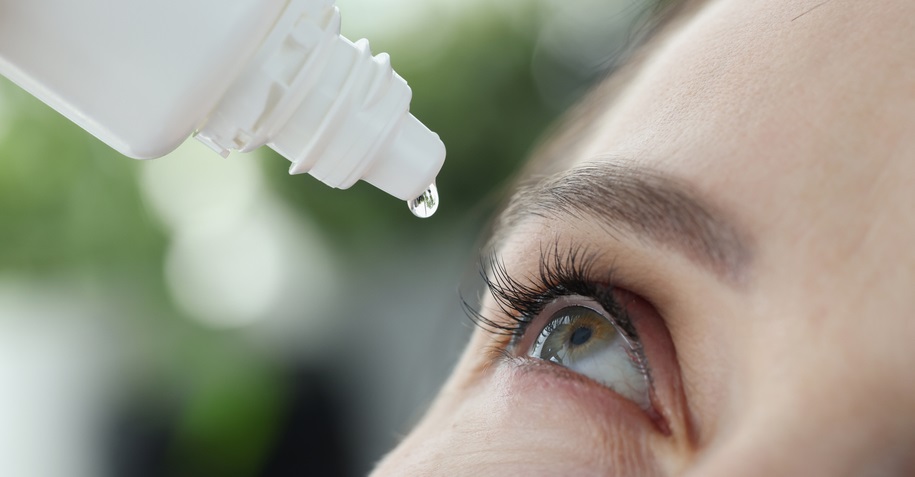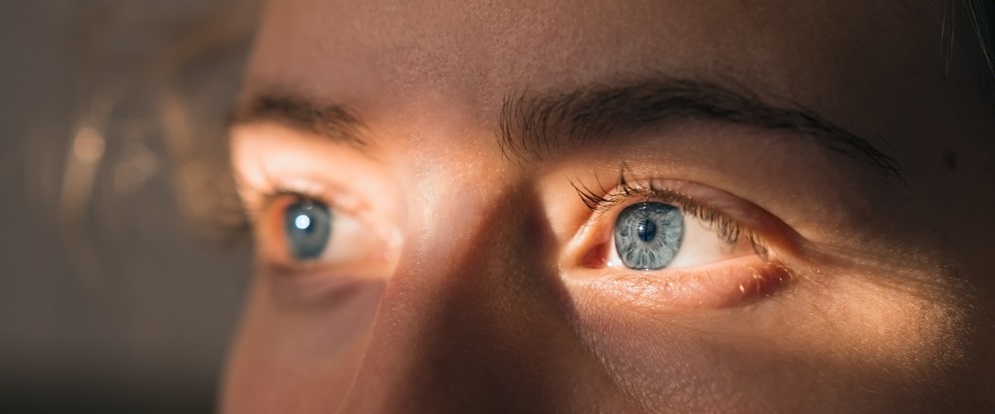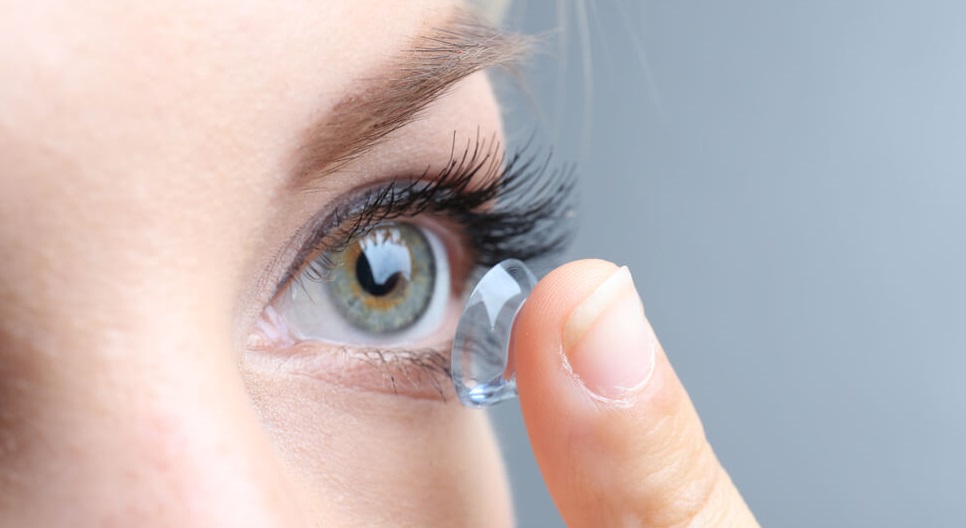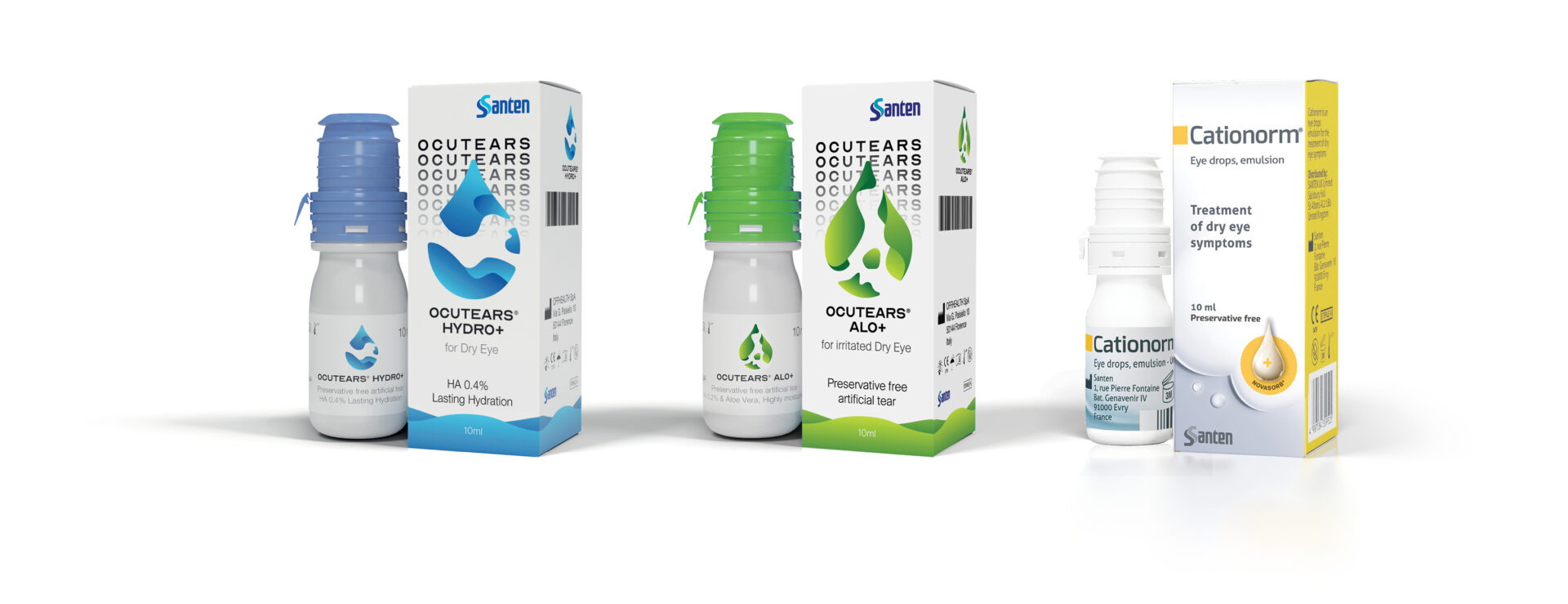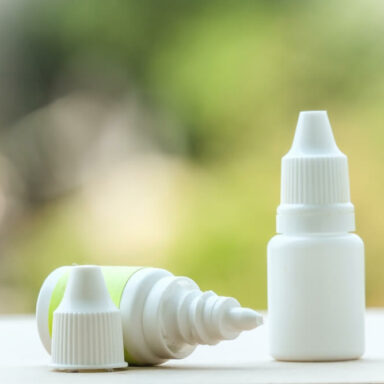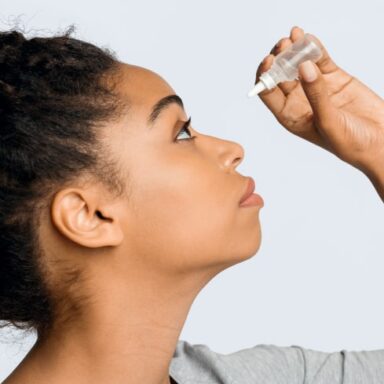What is sodium hyaluronate? Eye drops and artificial tears often have long and difficult to pronounce ingredients listed on them. Here we’re going to delve into an important one: The ingredient sodium hyaluronate (pronounced SOE-dee-um hye-a-loo-ROE-nate).
It might sound scary but this difficult to spell substance is found naturally in the body in the fluid that lubricates our joints, our eyes and skin.1 Here, it’s in a form called hyaluronic acid (HA for short) and sodium hyaluronate is an extract of it (a type of salt) – it’s used in this form in certain eye drops because it’s more stable, but you might come across hyaluronic acid eye drops too.1,2
Did you know?
When we say an ingredient like flour is ‘stable’, it’s like saying you can store it for a good amount of time in your pantry and it will still work reliably and as expected in your cake.3
Hyaluronic acid, and its extract sodium hyaluronate, are known for moisturising and soothing properties. Because of this you’ll find them in lots of skincare treatments to reduce the appearance of wrinkles, help heal wounds, relieve inflammation and to hydrate!1,2
How do sodium hyaluronate eye drops work?
Sodium hyaluronate is a type of moisturiser known as a humectant.1 That means it loves water; it attracts it and binds to it a bit like a super sponge.1
Did you know?
Studies show hyaluronic acid can bind up to 1,000 times its weight in water.4 That’s because its molecular structure has coiled chains that allow water to be trapped within them.4
When sodium hyaluronate is used in eye drops it moistens and lubricates the surface of the eye, making it feel more comfortable.1 It also helps stabilise your tear film – which you might think of as the protective wet layer on the outer surface of your eye – helping to keep it in place, instead of evaporating or uselessly running down your cheek.4
Top tip
Look for cross-linked sodium hyaluronate in your eye drops (e.g. Ocutears Hydro+) – this ‘cross-linked’ part means that the molecules are connected in a way that works to keep them in place where they’re needed.5,6 That means you may need to apply your eye drops less frequently as alternative eye drops (without cross-linked sodium hyaluronate)!7-10
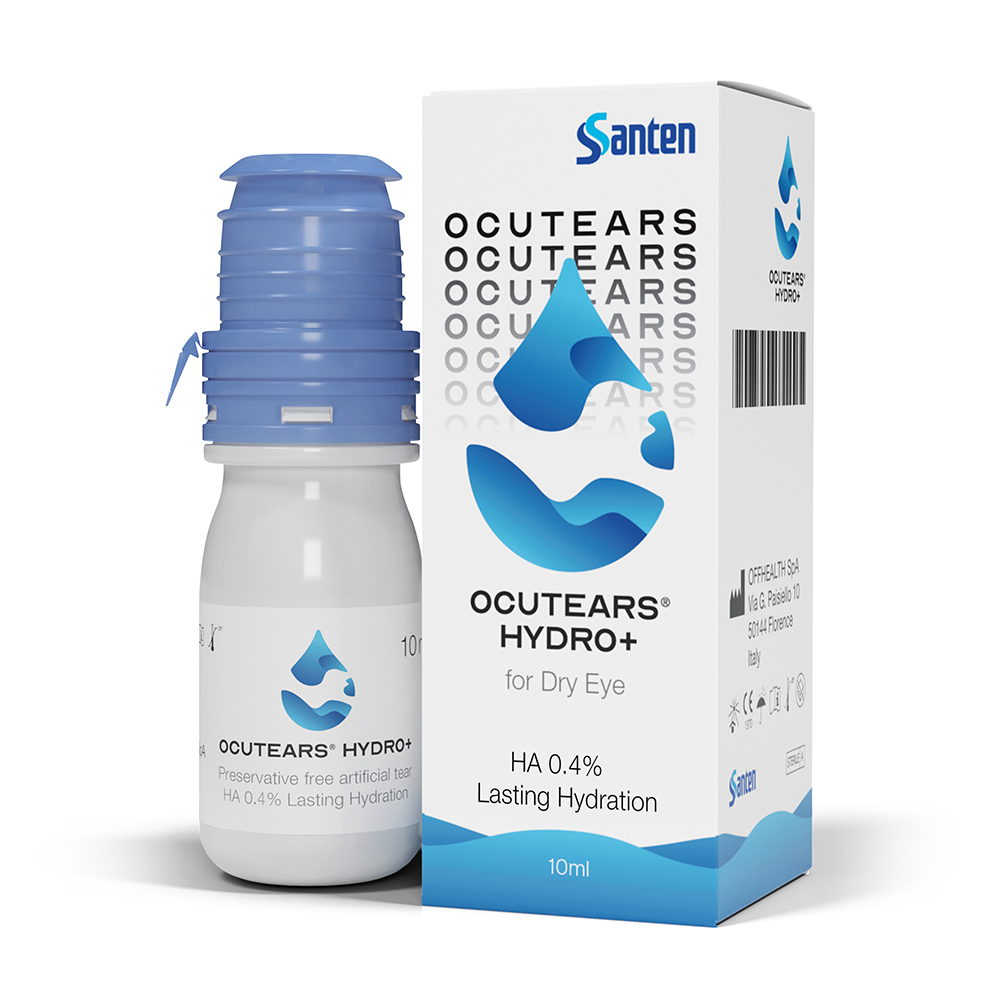
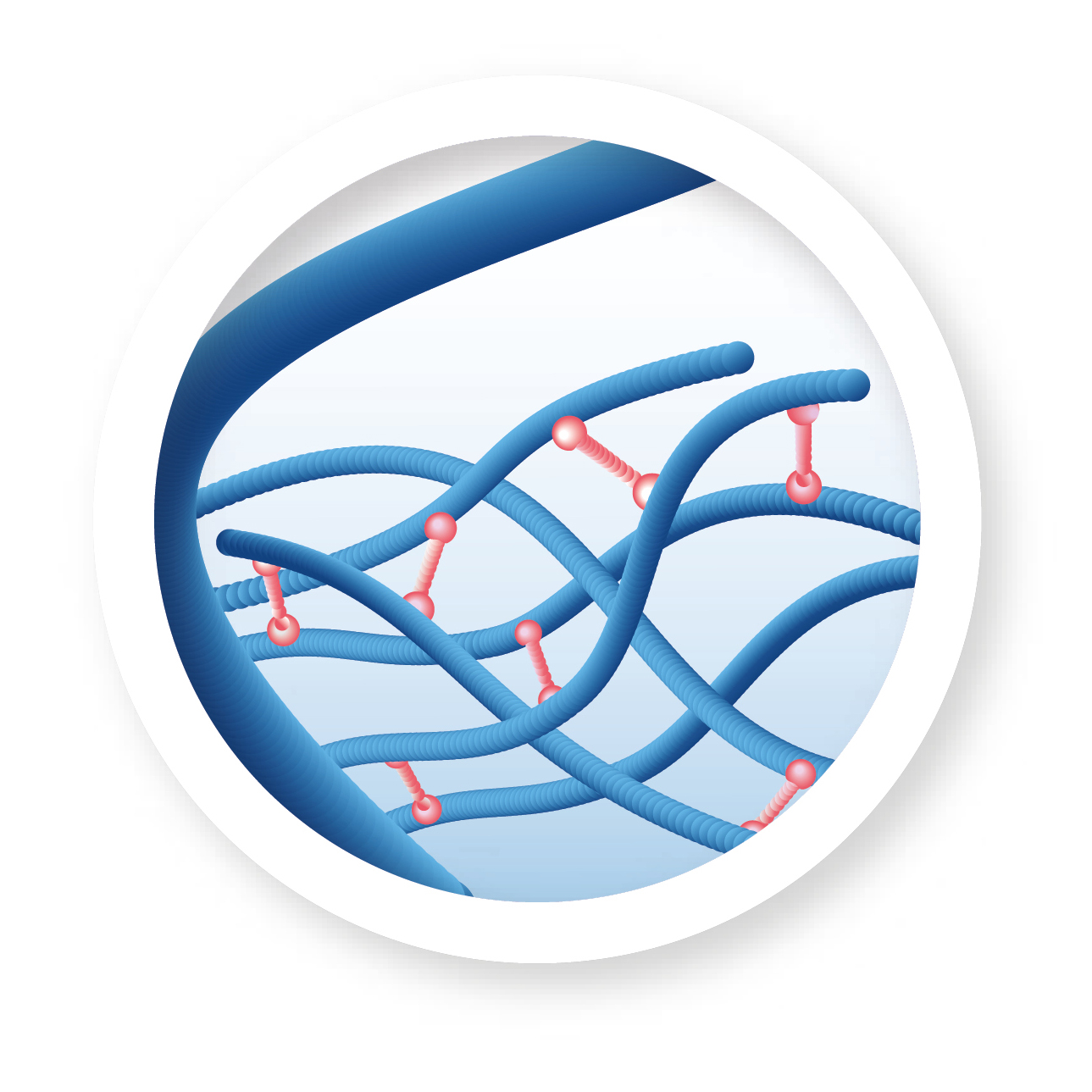
Always read the label.
What are sodium hyaluronate eye drops used for?
Sodium hyaluronate eye drops help relieve the symptoms of dry eyes, which include:1,7,8,11
- Itchiness
- Soreness
- Gritty feeling
- Redness
- Blurry vision
- Sensitivity to light
- Watery eyes
But they’re also used to protect the eye from other irritations such as contact lenses and to provide relief after an injury such as a corneal abrasion (scratch or graze to the surface of the eye).12
Are sodium hyaluronate eye drops the right choice for me?
Eye drops with sodium hyaluronate are a good option for helping relieve dry eye symptoms, with options available without a prescription for even severe symptoms.7,8
They can also help with irritation from:7,8
- Prolonged exposure to sunlight
- Exposure to an air-conditioned or dry environment
- Prolonged digital screen use
- Contact with cleansing agents
- Discomfort after eye surgery
- Contact lenses12
Just make sure you check the label first and use as recommended.
Did you know?
If you’re experiencing redness , sensitivity and inflammation, you could try an eye drop which also has Aloe Vera in the formulation (e.g. Ocutears Alo+).7,13-17
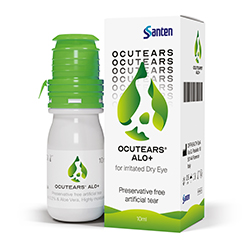
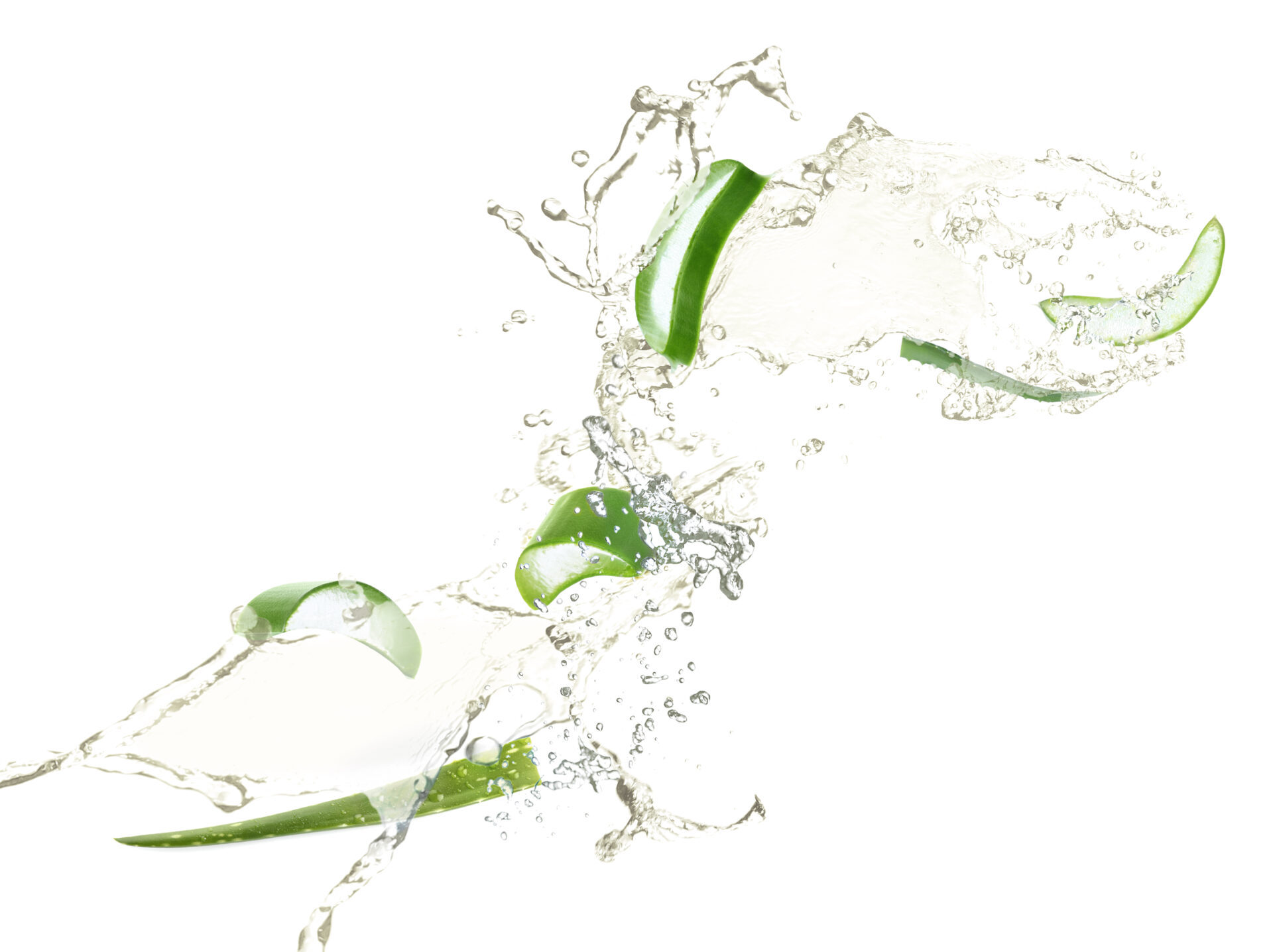
Always read the label.
What conditions can be treated?
Your eyes might feel dry simply because you’re tired, been staring at a screen too long, have been sat next to the office air conditioning vent or due to other environmental reasons.18-20Dry eye happens when we get older too as part of the aging process, but it can also be a sign of something else going on.19
Some of these ‘something else’ situations include:
- Sjögren’s Syndrome19
- Rheumatoid arthritis21
- Sarcoidosis21
- Thyroid Conditions19
- Vitamin A deficiency21
- Lupus19
- Blepharitis22
- Glaucoma23
- Parkinson’s24
- Diabetes25
- Allergies (like pollen, dust, and pet fur)26
Using eye drops won’t cure these conditions, but they can help give your eyes some much-needed hydration and can make them feel more comfortable.26
Top tip
If you’ve developed symptoms of dry eye that won’t go away and can’t be explained then make sure you see a doctor or pharmacist so they can make a diagnosis.
Did you know?
Hormone changes during the menopause , pregnancy and the menstrual cycle can sometimes make your eyes feel dry too.27
How to use sodium hyaluronate eye drops
These are usually used like any other eye drop but always make sure you read the instruction leaflet before opening and use as directed.7,8,28
If you’re someone who dreads your drops, head to our blog How to Apply Eye Drops Easily for tips to get you pipetting them like a pro.
Can you use sodium hyaluronate eye drops with contact lenses?
Eye drops with sodium hyaluronate are generally a friendly option for contact lenses , but it’s best to check the label.7,8,29 The bonus of sodium hyaluronate eye drops is that they are long-lasting and you may not need to apply as often as alternative eye drops (without cross-linked hyaluronic acid) – it can be nice to have one less thing to do if you’re already managing the extra chore of contacts!7-11
Did you know?
Preservatives can adhere to your contact lens causing irritation and may cause discomfort, so if you use drops more than four times per day, preservative-free drops may be a better choice.30 You can easily get sodium hyaluronate eye drops without preservatives.31
If you are searching for eye drops for your dry eye symptoms, check out the Ocutears range. All our artificial tear eye drops are preservative free and suitable for everyday use including for contact lens wearers.7,8,30
Always read the label.
If you are unsure about your diagnosis, please speak to your doctor or pharmacist.


